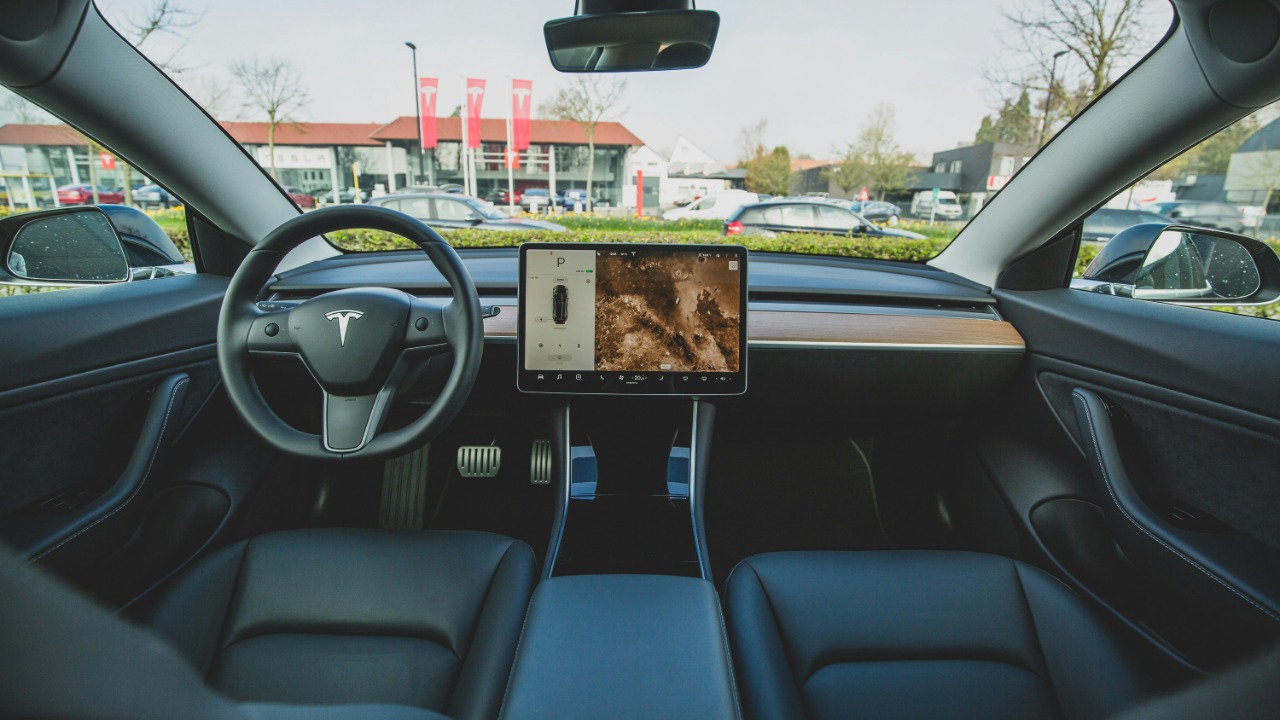
Tesla’s Autopilot technology is at the center of a growing debate. The company recently released a safety report claiming that its Autopilot system is improving, yet the data reveals an increase in crashes involving the technology. This contradiction raises questions about the reliability of Autopilot, especially in light of a recent legal verdict where a jury in Florida ordered Tesla to pay over $240 million in damages related to an Autopilot crash.
Tesla’s Autopilot Safety Report
Tesla’s latest safety report asserts that its Autopilot system is becoming more effective. The report highlights specific metrics indicating improvements, such as a reduction in the number of accidents per mile driven when Autopilot is engaged. Tesla positions these figures against the backdrop of manual driving, suggesting that vehicles equipped with Autopilot are statistically safer. The report’s methodology involves tracking safety data through real-world driving scenarios, comparing the frequency of accidents in vehicles using Autopilot to those driven manually. This approach aims to demonstrate the system’s advancements over time.
However, the report’s structure and presentation have drawn scrutiny. Critics argue that while Tesla’s data shows improvements, it may not fully account for the complexity of real-world driving conditions. The report compares Autopilot’s performance to other vehicles, but the metrics used may not capture all variables influencing crash rates. Tesla’s methodology, which relies heavily on internal data collection, has been questioned for its transparency and comprehensiveness. Despite these concerns, Tesla maintains that its safety report reflects genuine progress in Autopilot’s development.
Evidence of Increasing Crashes
Despite Tesla’s claims of improvement, the safety report reveals a troubling trend: an increase in crashes involving Autopilot. The data shows that while the system is purportedly getting better, the frequency of incidents has risen. This paradox highlights potential gaps in the technology’s ability to handle complex driving environments. Patterns in the report indicate that certain types of incidents, such as those involving sudden braking or lane changes, are becoming more common. These findings suggest that while Autopilot may excel in controlled conditions, it struggles with unpredictable scenarios.
Comparing the current crash rates to previous periods, the report indicates a noticeable uptick in incidents. This increase raises questions about the effectiveness of the improvements Tesla claims to have made. The benchmarks provided in the document show that while Autopilot’s performance has improved in some areas, the overall safety record is not as robust as the company suggests. This discrepancy underscores the need for more rigorous testing and validation of the technology before it can be deemed fully reliable.
The Florida Autopilot Crash Verdict
The recent legal verdict in Florida further complicates the narrative around Tesla’s Autopilot. A jury ordered Tesla to pay more than $240 million in damages following a crash involving the system. The incident, which occurred earlier this year, involved a Tesla vehicle that collided with another car while Autopilot was engaged. The jury found that Autopilot played a significant role in the crash, citing failures in the system’s ability to detect and respond to road conditions adequately.
The circumstances leading to the ruling highlight critical flaws in Autopilot’s design and implementation. The jury’s findings suggest that the system’s limitations contributed directly to the accident, raising concerns about its readiness for widespread use. This verdict not only impacts Tesla financially but also puts pressure on the company to address the underlying issues with Autopilot. The case serves as a stark reminder of the potential consequences of relying too heavily on autonomous technology without sufficient safeguards.
Implications for Autopilot Development
The increase in crashes reported in Tesla’s safety report, coupled with the substantial Florida verdict, has significant implications for the future of Autopilot development. These events cast doubt on the effectiveness of the ongoing enhancements Tesla claims to be making. The company may need to reevaluate its approach to testing and disclosure practices to restore confidence in its technology. The more than $240 million payout in the Florida case could prompt Tesla to implement stricter safety protocols and improve transparency in its reporting.
Broader safety scrutiny is likely to intensify as a result of these developments. Regulators and consumers alike are becoming more vigilant about the risks associated with autonomous driving systems. Tesla’s challenges with Autopilot could influence industry standards and drive the adoption of more rigorous testing frameworks. As the company navigates these challenges, it must balance innovation with safety to ensure that its technology meets the high expectations of stakeholders and the public.
More from MorningOverview